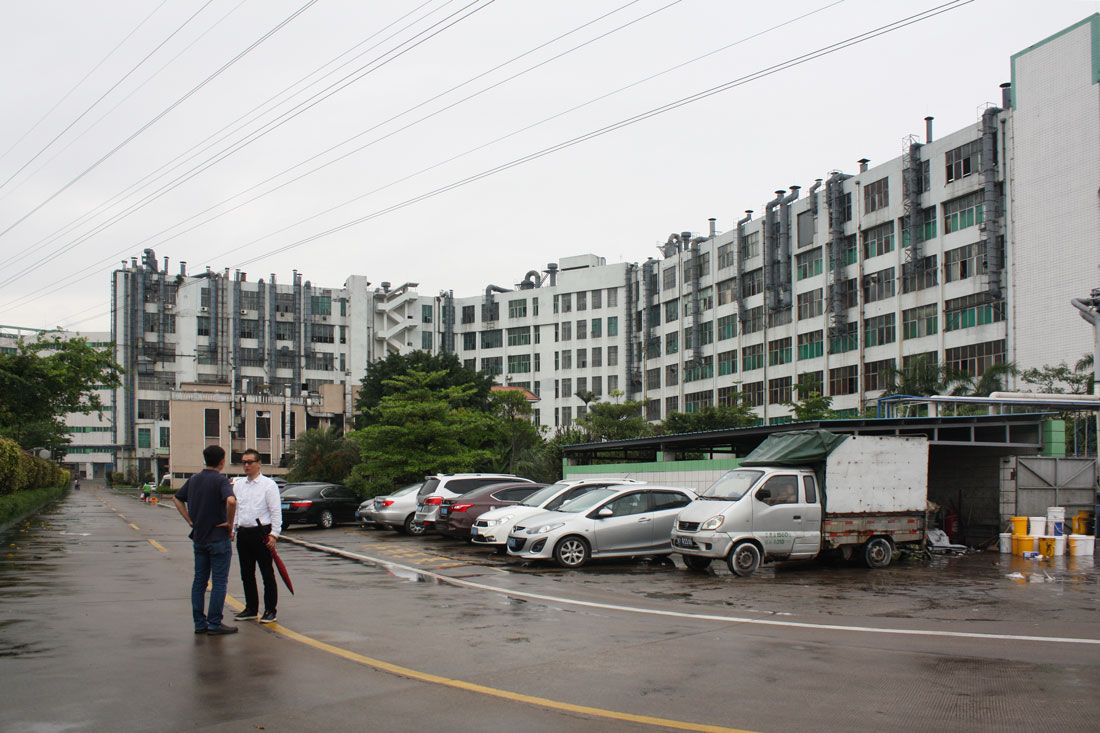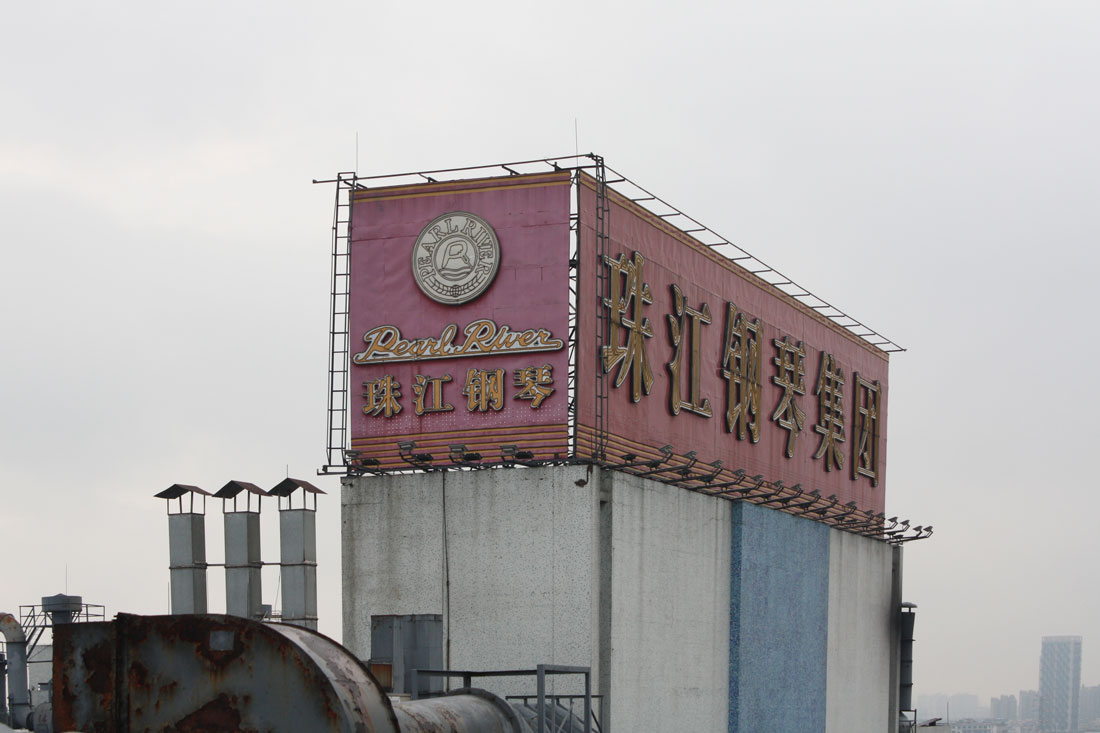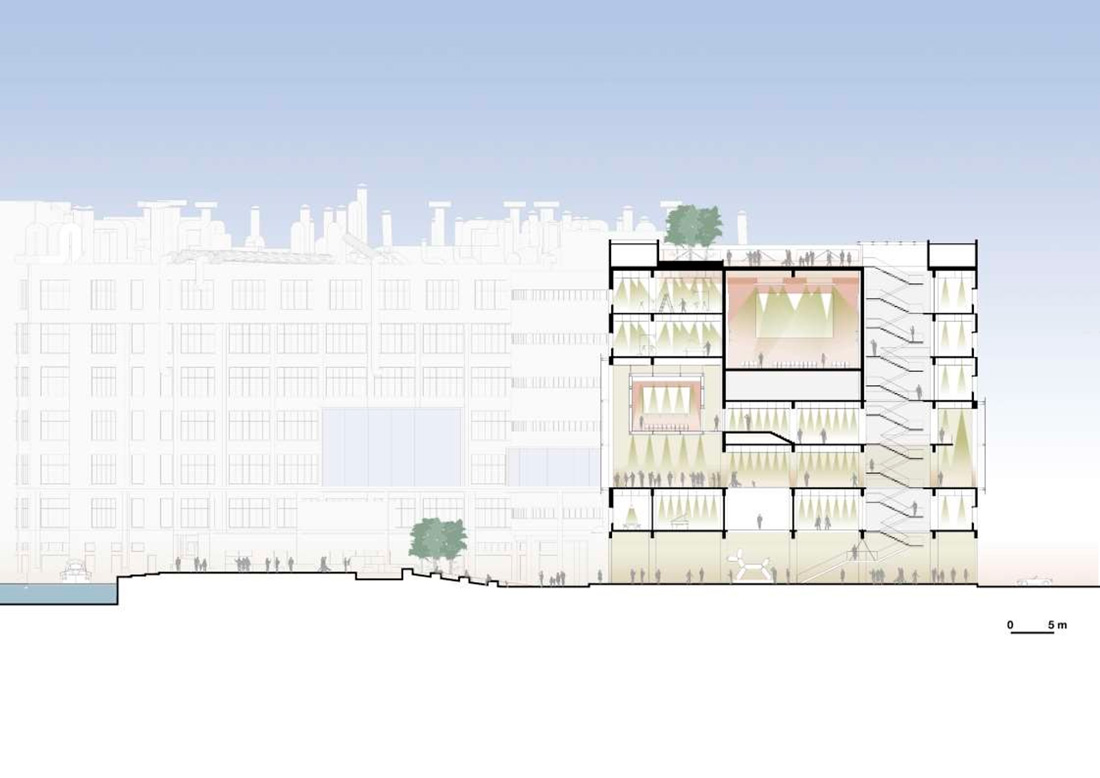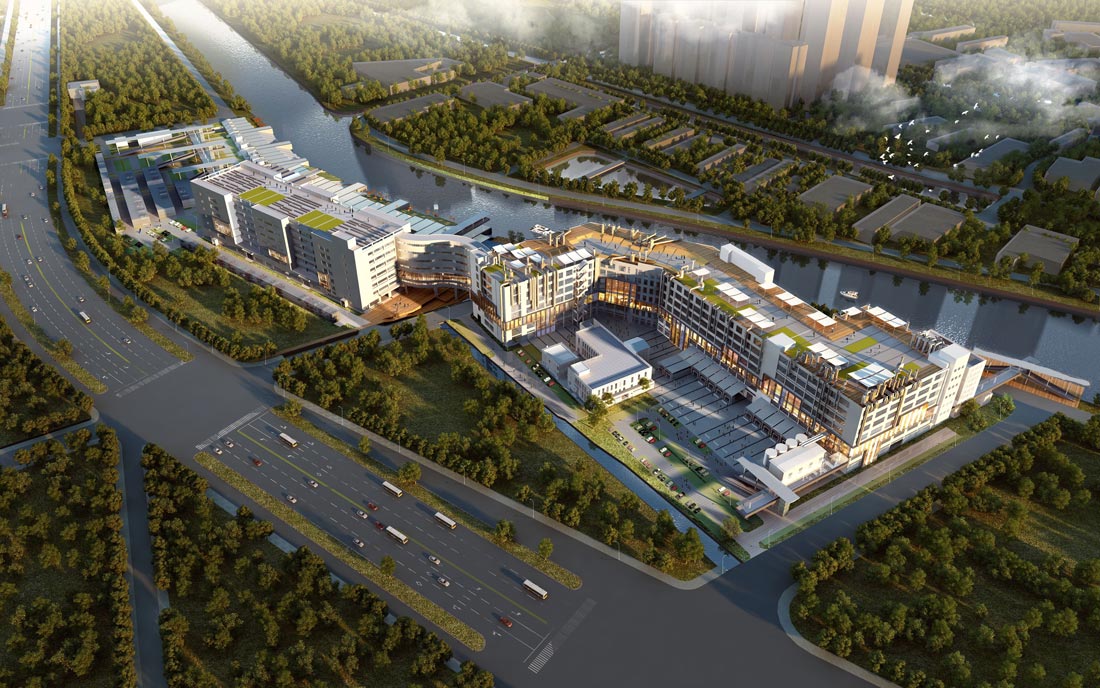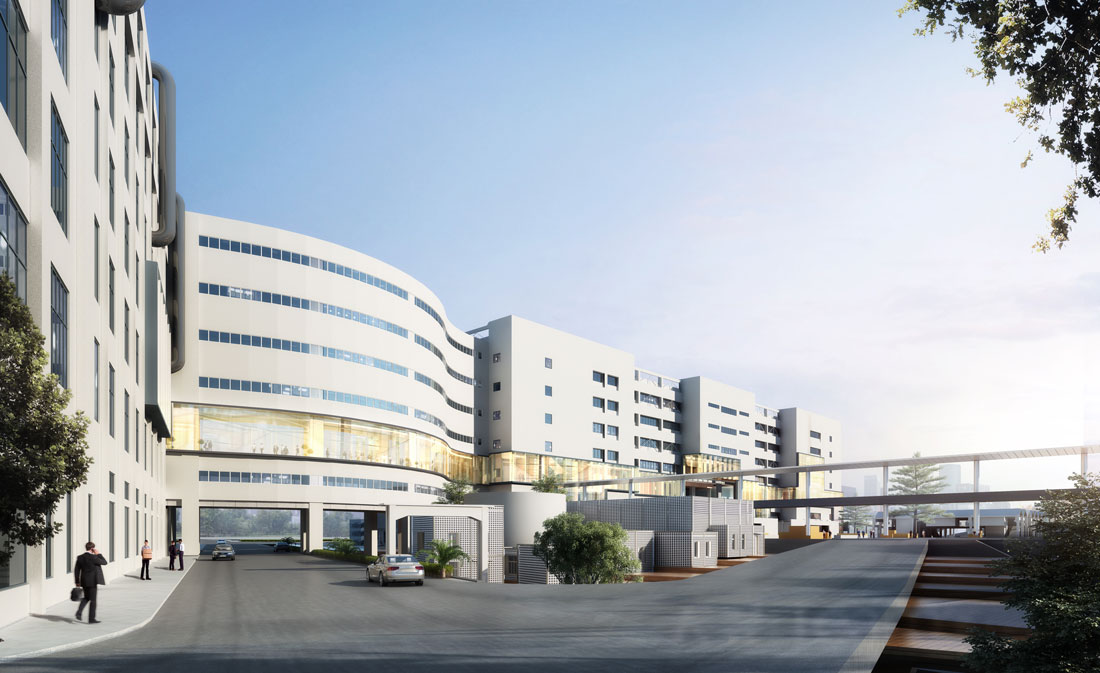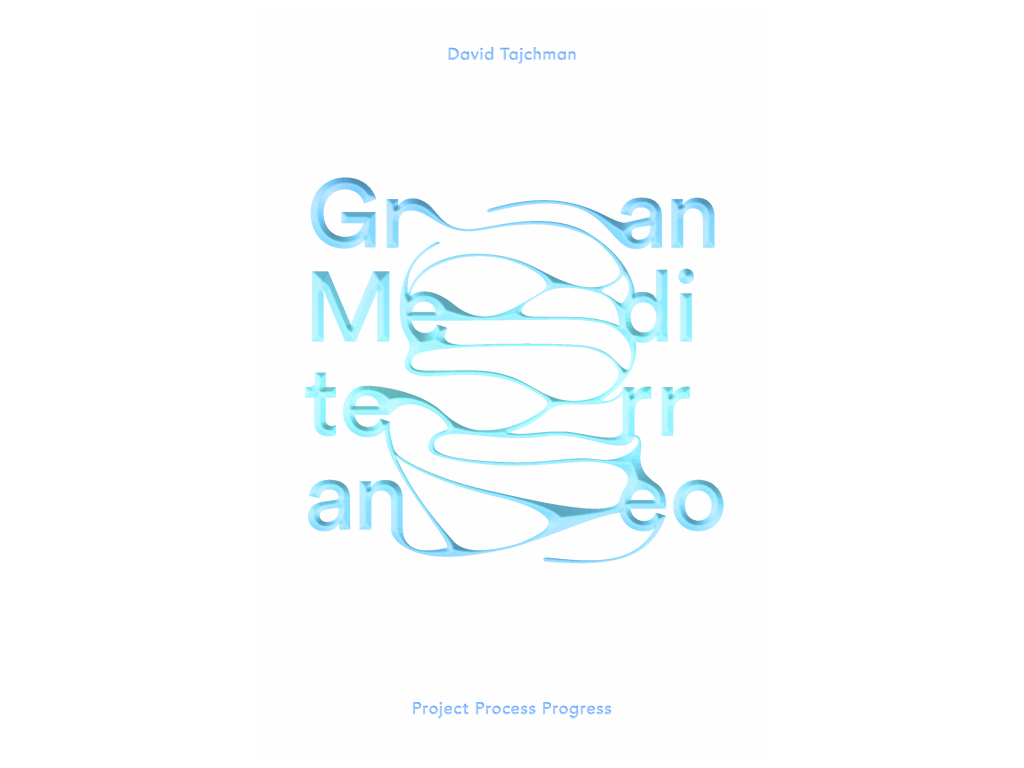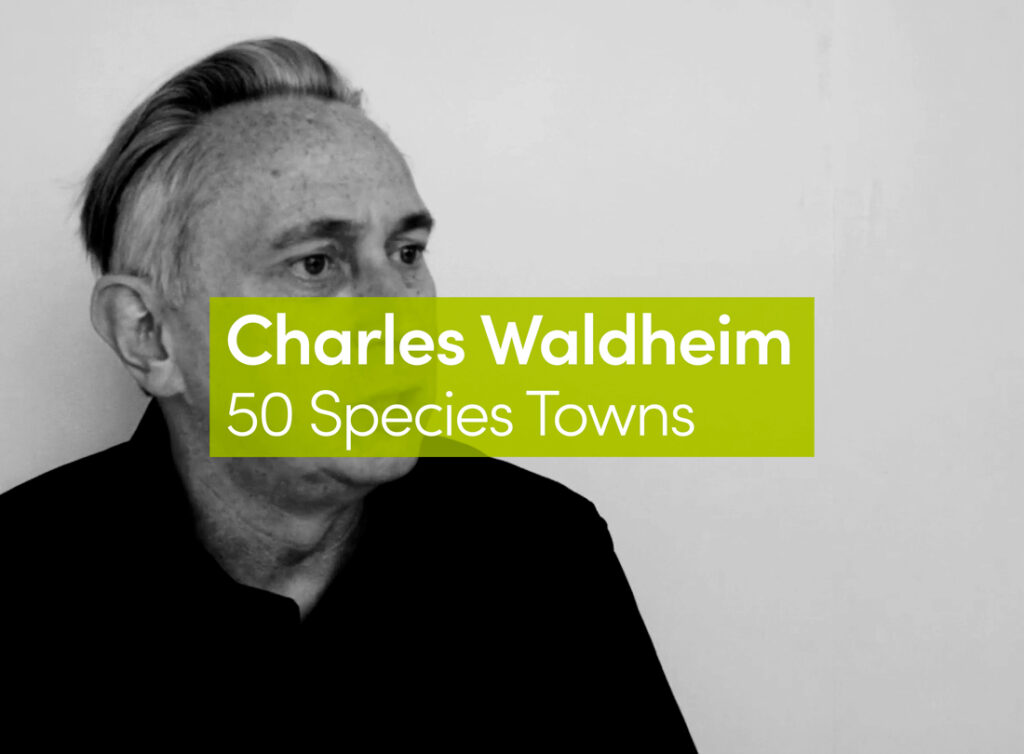Guangzhou municipality was pioneering among Chinese cities in the creation of a dedicated policy to support the regeneration of its former industrial sites. The most important reform, frequently discussed in the literature, was introduced in 2009 and called the “three oldies policy”. It aimed to provide a legal framework for alternative urban planning strategies focused on transforming the historic city center, the urban villages and former brownfields (Chung, 2013). Starting from the “open door policies” in 1978, Guangzhou underwent an incredible industrial development, mostly based on light manufacturing. However, recently the metropolis shifted toward delocalizing plants and slowly transformed itself into a service and creative hub. Recent planning documents clearly reflect this attitude. The Medium and Long-Term Talent Development Plan of Guangzhou (2010-2020) aspired to attract innovative industries and talent in order to consolidate the city as a “global talent pool” within the national and international context. Likewise, the latest City Renewal Masterplan (2015-2020) promoted the creation of innovative industrial and creative parks among its principal strategic interventions. Thus, for many underutilized areas, creative industries represented an alternative to position themselves outside the standardized real estate market, based on extensive demolition and profit maximization. At the same time, investors have started realizing that – aside from traditional real estate market segments – it can be profitable to attract new forms of business linked to creative and entertainment sectors.
Worth mentioning among the various cases of industrial regeneration projects in Guangzhou are the TIT Creative Industrial Park and Redtory, both developed in the new expanding urban district of Tianhe between 2007 and 2010. Despite taking advantage of the “three oldies policies,” the two sites were developed following different business models and cultural offers. Drawing on its industrial past, TIT strongly promoted local textile production and aimed at generating a creative supply chain between textile designers and small laboratories, plus combining some tech companies investing in the site (Zielke and Waibel 2016). Redtory promoted designers’ ateliers, art galleries and recreational activities, thus following the model previously suggested by the iconic 798 in Beijing (Zielke and Waibel 2015). What they had in common was utilizing design as the starting point to support urban regeneration, creating diversity in the market offer and basing the entire investment on renting space to third-party agencies.
Among the real estate investments aimed to support the regeneration of former Chinese industrial areas, the case of the Pearl River Piano Cultural Park project is worthy of further investigation, particularly for some features of its development history, which reflect the determination of one single enterprise to move from industrial mass production toward creative and entertainment promotion by repurposing its former spaces for use by a large number of new private and public stakeholders. The Guangzhou Pearl River Piano Cultural Park, in which the Guangzhou Pearl River Piano Group Co., Ltd. invested RMB 320 million, is designed to regenerate the company’s old piano factory located in Fangcun area, Guangzhou. The project plans to build an innovation hub and incubator for cultural industries ranging from music making, filmmaking, and art education to animation making, game design, fashion and media. In order to manage daily operations, the Guangzhou Pearl River Piano Cultural Park Management Company was founded in June 2017 as a wholly owned subsidiary of Pearl River Piano Group. In contrast to the previous cited cases of Redtory and TIT, the Pearl River Piano Group did not act merely as a landowner aiming to invite third-party players to manage the investments. On the contrary, due to the fact that it incorporated a new management role, the huge state-owned enterprise saw the opportunity of drawing from its entrepreneurial history, widely expert in the music industry, to bring it closer to the nascent creative and entertainment sector, thus opening up the field to new investors.
In 2017, the Pearl River Piano Group launched an international competition to gather design proposals for the redevelopment of its former industrial plant. The Politecnico di Torino, a university in northern Italy, and the Design Institute of South China University of Technology, a local university, jointly competed in the Pearl River Piano Cultural Park International Competition, winning the first prize among 20 other participants. The project reinterpreted the initial functional program, combining seven clusters into 130,000 sqm of built area: music industry chain, film industry chain, multimedia piano museum, education and training, business incubators, cultural and entertainment events and supporting facilities. The proposal focused on maintaining the existing consistency of the factory while enriching how the complex would work on the inside. Following the former production line of pianos on different levels, the project considered the creation of an internal raised street connecting heterogeneous functions through a single distribution system. This “promenade” is left visible, emptying portions of the existing façades, contributing to new visual connections between the factory and the outdoor public spaces designed to host events and entertainment festivals. Local legislation on industrial regeneration does not allow an increase in the site’s floor area ratio with new building interventions. For this reason, the proposal for the Park concentrated itself in reconnecting built environment potentialities that were already present on the site and in its surroundings, maintaining the intensive utilization of its indoor spaces as an innovative hub for production, but tipping over its former industrial fenced isolation into a new public arena. Following the competition, the Pearl River Piano Company has implemented the proposals into executive plans. The construction began in 2018 and will be completed in November 2020.
Against this backdrop, the Pearl River Piano Group acted simultaneously on two fronts: the entrepreneurial one (firm-oriented) and the design one (design-oriented). In the first case, it used promoting its brand as an opportunity to capture a series of investors and partners to support the regeneration operation. The second was based on recognizing the design as a fundamental instrument for developing attractiveness for third parties. As such, the competition incorporated very few functional program constraints, looking instead to serve as a first starting point for a symbolic vocation and an image for the entire area.
The Pearl River Piano Cultural Park managers envisioned the regeneration design of the former factory not only as an informative but also as a persuasive device. In order to attract cultural producers, retailers and other investors to join the project, they exploited the symbolic value of the design proposal for marketing purposes. In this context, the role of both entrepreneurs and architects involved in the development project works to encode an already commodified material object – the former factory – with symbolic meaning. One could refer to Du Gay’s work and argue that, in these particular conditions, designers and managers who were employed in the regeneration process can be considered “cultural intermediaries” (Nixon and du Gay 2002, 497). Their designs and business strategies contributed to the process of signification of the industrial heritage with creative or cultural imagery and a subsequent identification between the old factory, investors and future consumers. However, in Bourdieuian terms the notion of cultural intermediaries is also useful to understand the role of these actors in the later development of the process, and particularly to explain the pivotal function of public relations in that context (Edwards 2012). When the competition was won by the universities’ team, an open discussion was established between the Italian team of designers and their clients. This was the starting point for a long process of public relations and international cooperation between the two organizations, which was also extended to include other institutional and business institutions, such as the Italian Consulate in Guangzhou and the Municipality of Torino, among others.
The terms of Politecnico di Torino’s involvement with the Pearl River Piano Cultural Park evolved over time, through progressive negotiations aimed to enlarge the engagement with different institutional parties. At the very beginning, the encounters between the actors were based on very informal arrangements. In April 2018, a delegation of representatives from the Municipality of Torino and the Politecnico di Torino visited the Pearl River Piano Cultural Park and joined its higher managerial representatives for an institutional meeting. On this occasion, all the parties expressed the intention to developed their joint cooperation further in order to harness opportunities from both sides. As the project rapidly developed, formal agreements between different actors were further established.
In November 2018, a delegation of representatives of the Pearl River Piano Cultural Park visited the City of Torino and Politecnico di Torino in order to strengthen mutual cooperation. During their meeting, the Parties declared their willingness to formalize an agreement aimed at developing a physical space called the “Italian Cultural Box” within the Pearl River Piano Cultural Park. It was formalized with an agreement one year later thanks to the involvement of institutions and commercial enterprises. The agreement established that the Pearl River Piano Cultural Park Co. Ltd. would provide a 300 sqm space for the promotion of Italian culture within the former factory, as well as its basic maintenance, for free. In return, the Municipality of Torino and Politecnico di Torino committed to involving Italian business and cultural partners interested in operating in China to join the effort and directly manage the “Italian Cultural Box.” The team from Politecnico di Torino was available to work with other architects and both cultural and commercial actors in providing a conceptual and highly symbolic design of the “Italian Cultural Box” to suit the particular expectations of the Chinese party.
In order to carry on the operations, the team also performed a strong formal and informal networking activity. Relationships with all the stakeholders involved were cultivated through daily operations which extended to several departments and individuals of the institutions involved. The promotion of Italian culture was at the center of many discussions and presentations that aimed to promote commercial opportunities, product launches, cultural events and exhibitions. These connections, together with the design and business ideas, strengthened the team’s internal identity and reputation in the eyes of both Italian and Chinese partners, for whom the pivotal role of a public actor in promoting the development of the cultural industry strongly resonated.
In summary, the university team’s cultural intermediation at a micro-level involved exercising symbolic power over the Pearl River Piano senior management and some Italian business enterprises by manipulating their perceptions of the value of Italian culture on the one hand, and the Pearl River Piano Cultural Park business opportunity on the other. The team bolstered its network of local and international relations as the main point for legitimizing its work; however, the design of the factory was still useful because it continued providing symbolic capital to support the perception of its expertise. Through this work, the role of the Politecnico di Torino was defined as a legitimate part of the intermediation between the Chinese and Italian interests, but also as mediator of symbolic meanings in presenting specific aspects of the Italian culture and entrepreneurship, on the one hand, and underlying opportunities of the Chinese creative and cultural industries on the other, as both attractive and fruitful.
